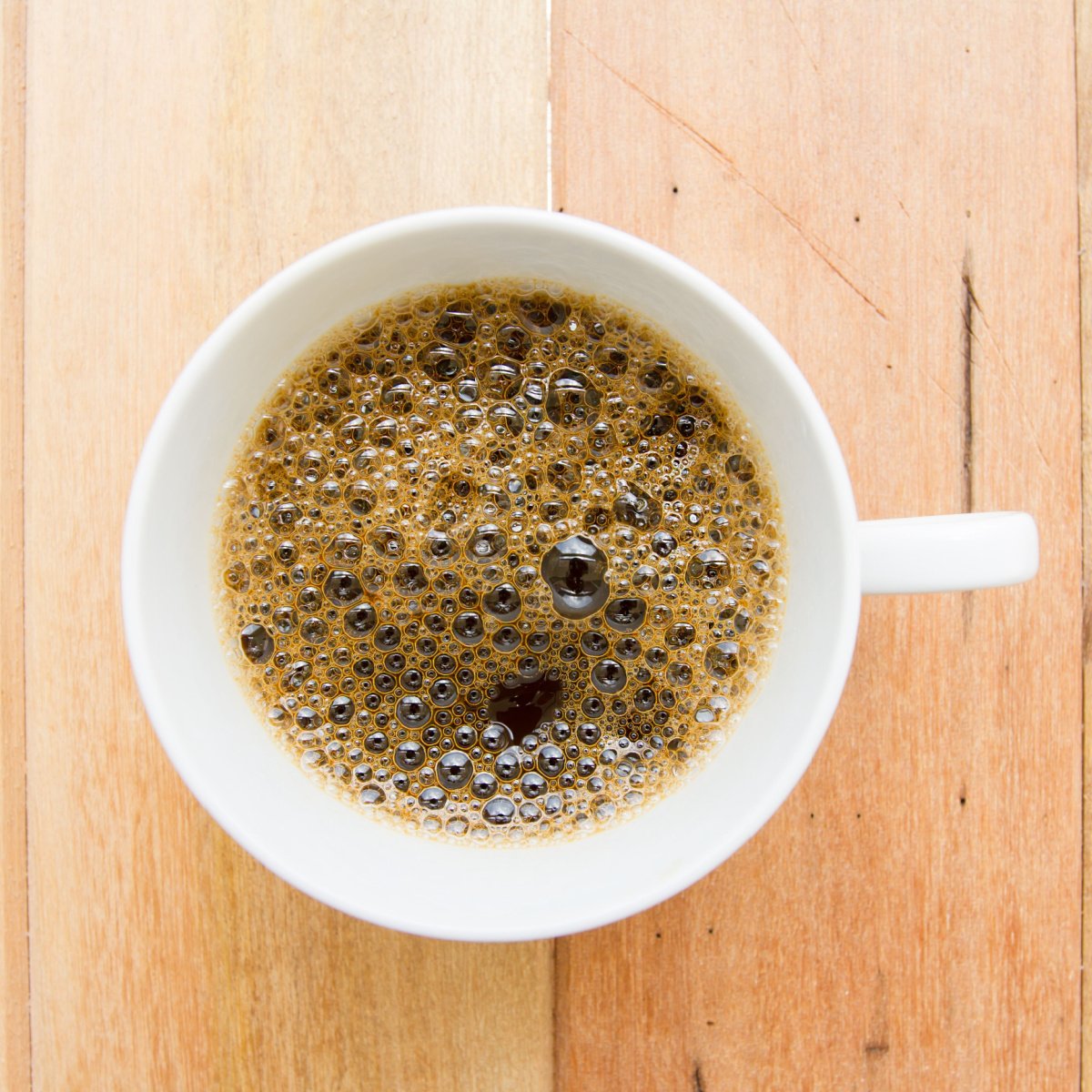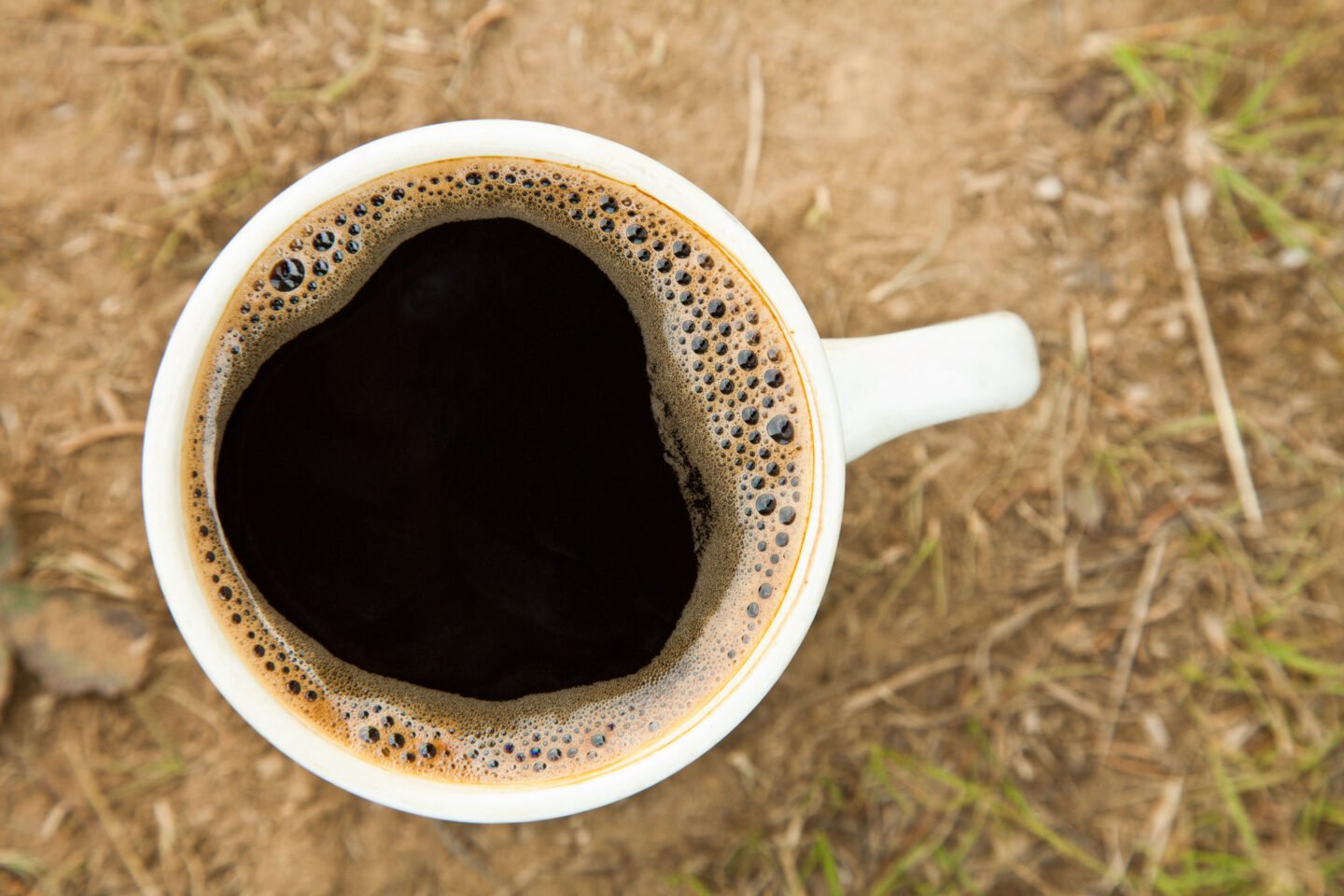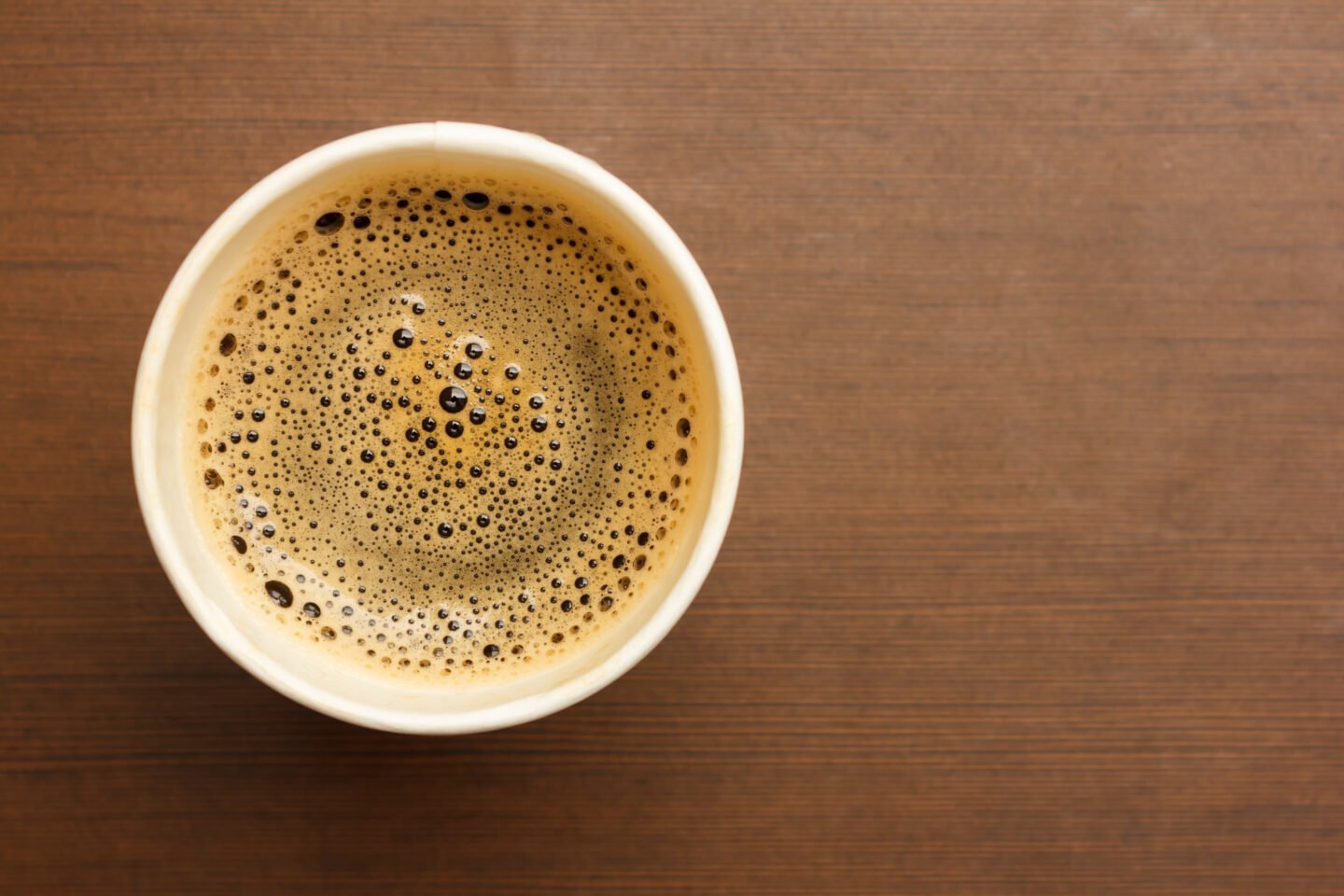Do the bubbles in your brew have you wondering where they come from? Just what do the bubbles in your morning coffee mean?

Seeing bubbles when you brew your coffee is normal. Those bubbles in your coffee are simply trapped carbon dioxide gases escaping from the beans in your brew. Bubbles in your coffee mean it was made using fresh beans, so it will have tons of flavor.
Explore with us and find out more about the fuzziness in your cup!
Table of Contents
Where Do the Bubbles in Coffee Come From?
Sometimes the bubbles are small and sometimes big, but if you pay attention, there is almost always some fizz. The bubbles in coffee come from the beans themselves. They’re released during the brewing process.
It may be unpleasant to think of, but coffee beans are gassy! When the beans are roasted for your brew, carbon dioxide gas becomes trapped inside the beans. This gas and other gasses build up inside the bean throughout the roasting.
Coffee beans will naturally release carbon dioxide gasses from the roast over time. This occurs without any need for assistance, just proper ventilation. The carbon dioxide must be able to degas without over/underexposure to oxygen to keep the quality of the coffee at its peak.
If the beans are exposed to too much oxygen, it may cause them to go stale. However, the gassy beans will explode if the carbon dioxide cannot escape. This is why most coffee packages feature a one-way carbon dioxide vent.
Why Does Coffee Bubble?

The bubbles at the top of your cup are a tasty testament to your coffee’s journey from roast to cup! The process of brewing coffee speeds up the degassing process for the coffee beans. The hot water releases the trapped carbon dioxide, and the gas gets trapped in the liquid of your brew.
All freshly brewed coffee has some carbon dioxide bubbles. With certain types of coffee, these bubbles are more apparent. Espresso may be the most notable because it has a layer of bubbles at the top called a crema.
Do Coffee Bubbles Have Flavor?
Yes and no. Bubbles let you know the beans are fresh, so a bubbly coffee should be full of flavor. The more fresh coffee is, the more flavorful it will be.
The bubbles are trapping some of the full flavors of the coffee, so more bubbles mean more flavor! An even crema on your espresso or some fizz on your fresh brew is just fine. It tells you that you’re about to enjoy a tasty cup!
How Long Should Coffee Degas?
Every coffee is different in how it will degas, but generally, more gas will be trapped in the bean the longer it roasts. This means that a dark roast may produce more bubbles when fresh or need a slightly longer natural degas time.
Every roast is different, but they all take a little time to de-gas. Typically, bags of coffee have sat from three days to three weeks degassing before you purchase or use them. Roasters mark the bags with a “roasted on” date to indicate how gassy those beans may be.
Can I Speed Up the Degassing Time?
Higher temperatures can speed up the degassing time. However, speeding up the degassing is generally not the best idea. Coffee will naturally degas over several days, and it is well worth the wait for the perfect cup!
If you wish to slow the degassing, lower the temperature. Colder temperatures slow the carbon dioxide’s natural release. Many coffee professionals do not endorse chilling the beans but rather using them within their freshness timeframe.
Coffee can absorb a lot of refrigerated aromas, which can taint the flavor of your favorite brew. Opt for airtight, vented, ambient storage like commercial coffee bags offer if you love fresh coffee.
Is a Lot of Bubbles in Coffee a Bad Sign?

Bubbles in coffee are generally a sign of its freshness. It means the beans were recently roasted, and they are fresh enough to still be degassing. Don’t panic over a few bubbles in your brew!
Still, there are some instances when coffee bubbles can interfere with the brew. If your coffee is too fresh, the gasses may get in the way of pulling the perfect espresso shot. But in general, roasters will not sell the coffee until they’re sure it’s had a few days to degas.
If your beans have not degassed enough, you will get long-pull espresso shots with a heavy crema but insufficient flavor. If this is happening, swap over to known good beans and recalibrate your machine. Let the gassy beans sit for another day before trying again.
Can I Brew Coffee Without Bubbles?
Coffee without bubbles is like a flat soda. The carbon dioxide bubbles give the coffee body and show that it is fresh. When no bubbles appear, it's a good sign that it's time for a fresh bag of coffee.

Leave a Reply